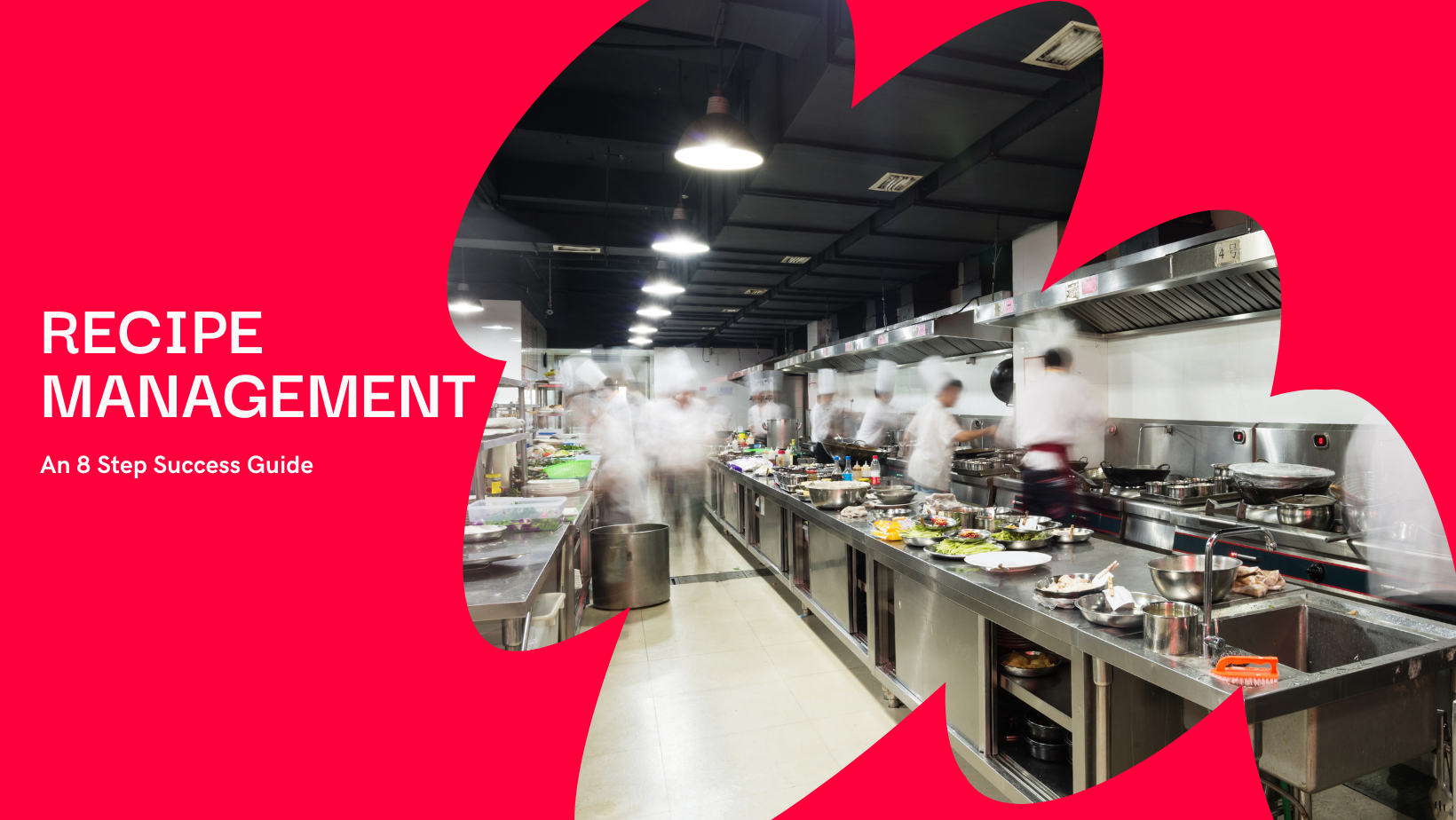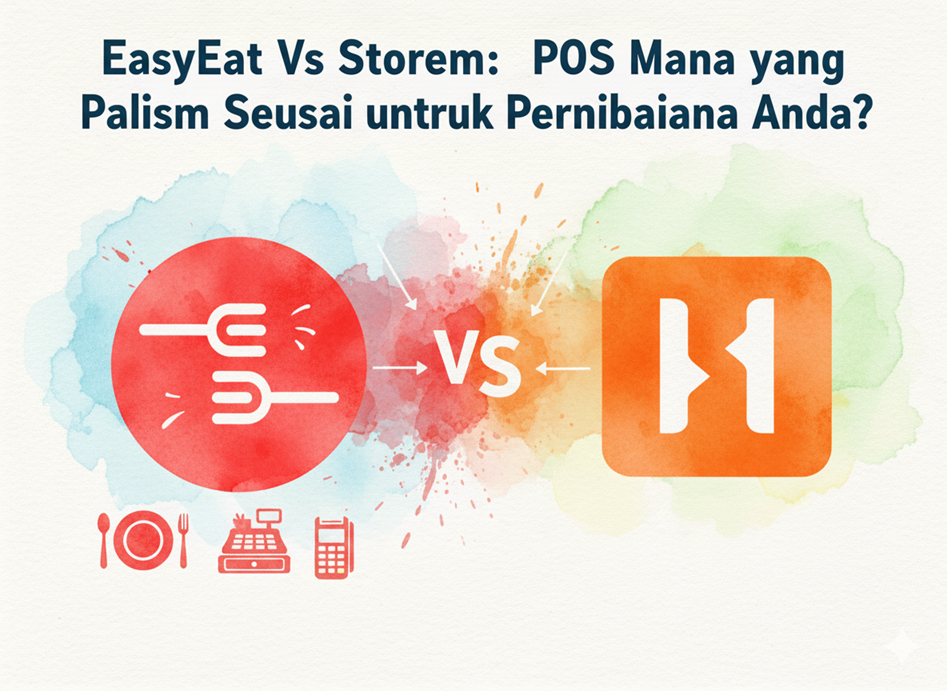Discover the recipe for success in maximizing your restaurant’s revenue! In this comprehensive guide, we’ll walk you through eight essential steps to revolutionize your recipe management process. From assessing your current workflows to training your staff for culinary excellence, each step is meticulously crafted to drive profitability and ensure customer satisfaction. Get ready to unlock the full potential of your restaurant with our expert insights and practical strategies. Let’s dive in and transform your culinary venture into a thriving business!
Step 1: Assess the current recipe management process
Before embarking on any transformative journey, it is imperative to first understand the lay of the land. Assessing your restaurant’s current recipe management process involves a thorough examination of existing workflows, documentation practices, and technological capabilities. Are recipes scattered across various platforms or stored haphazardly in binders? Is there consistency in recipe formatting and presentation? Identifying pain points and inefficiencies in this initial phase will provide invaluable insights into areas ripe for improvement.
Step 2: Invest in a recipe management system
Armed with a comprehensive understanding of your restaurant’s needs, the next step is to invest in a robust recipe management system. This entails selecting a platform equipped with features tailored to address the challenges identified during the assessment phase. Find an inventory management system that automatically adjusts the ingredient levels each time a particular ingredient is used in a recipe.
Step 3: Organize and standardize recipes
With the foundation laid, it’s time to roll up your sleeves and organize the culinary chaos. Standardizing recipes ensures consistency in taste, portion sizes, and overall quality—a hallmark of a reputable dining establishment. Start by categorizing recipes based on cuisine type, meal course, or dietary preferences. Establish uniform formatting guidelines for recipe documentation, including ingredient lists, measurements, and preparation instructions. Consistency in presentation not only enhances operational efficiency but also facilitates accurate cost tracking—a vital component of revenue optimization.
Step 4: Analyze recipe costs
In the pursuit of profitability, knowledge is power. Leverage your recipe management system to conduct a comprehensive cost analysis for each menu item. Beyond mere ingredient costs, consider overhead expenses, labor costs, and wastage factors. This granular understanding of recipe economics will unearth hidden opportunities for margin improvement and cost optimization. Identify high-margin items deserving of a spotlight and flag underperforming dishes ripe for refinement or removal.
Step 5: Optimize ingredient inventory
In the world of perishable commodities, managing ingredient inventory is akin to walking a tightrope. Utilize the forecasting capabilities of your recipe management system to strike a delicate balance between supply and demand. By aligning purchasing decisions with menu requirements and consumption patterns, you can minimize food waste, reduce inventory carrying costs, and safeguard profit margins. Embrace agile procurement practices and foster collaborative partnerships with suppliers to ensure a steady supply chain.
Step 6: Monitor and adjust menu pricing
Menu pricing is both an art and a science—a delicate dance between profitability and customer perception. Armed with insights gleaned from your recipe management system, adopt a dynamic pricing strategy that reflects evolving market dynamics and ingredient costs. Strike a delicate balance between competitiveness and profitability, ensuring that menu prices remain aligned with customer expectations while maximizing revenue potential. Regularly revisit pricing decisions in response to shifting market trends and competitive pressures.
Step 7: Streamline kitchen operations
Efficiency is the lifeblood of any successful restaurant operation, and the kitchen is its beating heart. Leverage the instructional capabilities of your recipe management system to streamline kitchen operations and minimize unnecessary complexities. Provide clear and concise instructions for each dish, empowering kitchen staff to execute recipes with precision and consistency. Simplify workflows, optimize station layouts, and invest in time-saving kitchen equipment to enhance productivity and throughput. A well-oiled kitchen translates to faster service, improved table turnover, and heightened customer satisfaction—a trifecta for revenue growth.
Step 8: Train staff on recipe adherence
At the intersection of culinary artistry and operational excellence lies the crucial element of staff training. Equip your kitchen brigade with the skills and knowledge needed to execute recipes with unwavering precision and consistency. Emphasize the importance of adherence to standardized recipes as a cornerstone of quality assurance and customer satisfaction. Invest in ongoing training programs and performance incentives to foster a culture of culinary excellence and continuous improvement. Remember, your staff are the custodians of your restaurant’s reputation—empower them to shine.
In conclusion, the path to increased revenue in the restaurant industry is paved with the meticulous execution of recipe management best practices. By undertaking a systematic approach to assess, invest, organize, analyze, optimize, monitor, streamline, and train, restaurateurs can unlock the full potential of their culinary endeavors. Armed with the right tools, technologies, and mindset, success is not just a destination but a journey—a journey fueled by innovation, creativity, and unwavering dedication to culinary excellence. Contact EasyEat Company today to get a demo of a POS system that comes with the feature of recipe management.




